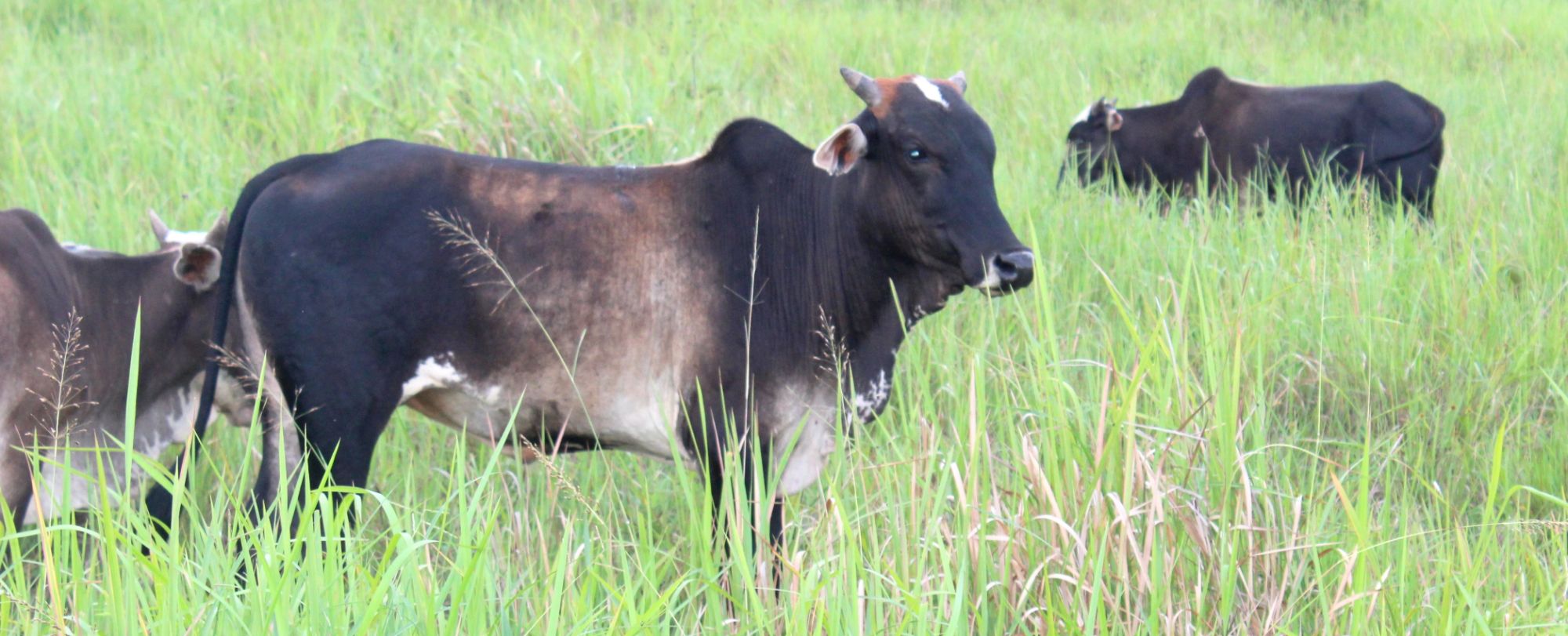Trinket cattle, A Danish colonial leftover

Trinket cattle is an endangered cattle breed of Trinket Island, one of the picturesque islands of Andaman. These cattle are thought to be of Danish leftover during their dynasty in Nicobar archipelago. Early historical documents suggest that Nicobar Island was the capital of Danish colony from 1756-1768. During their initial span of colonization, they introduced some cattle for milk purpose and it was a myth that the cattle were of European origin. After series of episodes of colonization in Nicobar Island by Austrians, British, Danish and Japanese dynasty when the island was finally handed over to the indigenes (Nicobarese), the so-called Trinket Cattle became semi feral in nature due to food habit of the tribe. The island was left abandoned by the aboriginal tribe after Great Sumatra earthquake and Indian ocean Tsunami since 26th day of December 2004. Therefore, the herd of cattle became totally feral in nature. In a recent survey, it has been found that around 150 of the descendants of the cattle are present in the Trinket island. The cattle are of medium sized, horned, strong and not docile /wild nature in nature. The colour of the animals varies from white, black and brown. The average adult body weight of the cattle ranges from 250-400 kg. Molecular signature of the cattle indicated that Trinket cattle belong to Bos indicus (I) or zebu type cattle. Immediate conservation efforts are very much needed to save these endangered cattle from extinction.
Benefit:These cattle are very much adapted to the local microenvironment of Nicobar.
Source : Contact person with Name, Designation e-mail and phone no: Dr. Arun Kumar De, Scientist, Animal Science Division, ICAR-Central Island Agricultural Research Institute, Port Blair, Email: Arun.De@icar.gov.in, Mob: 9679515260.
